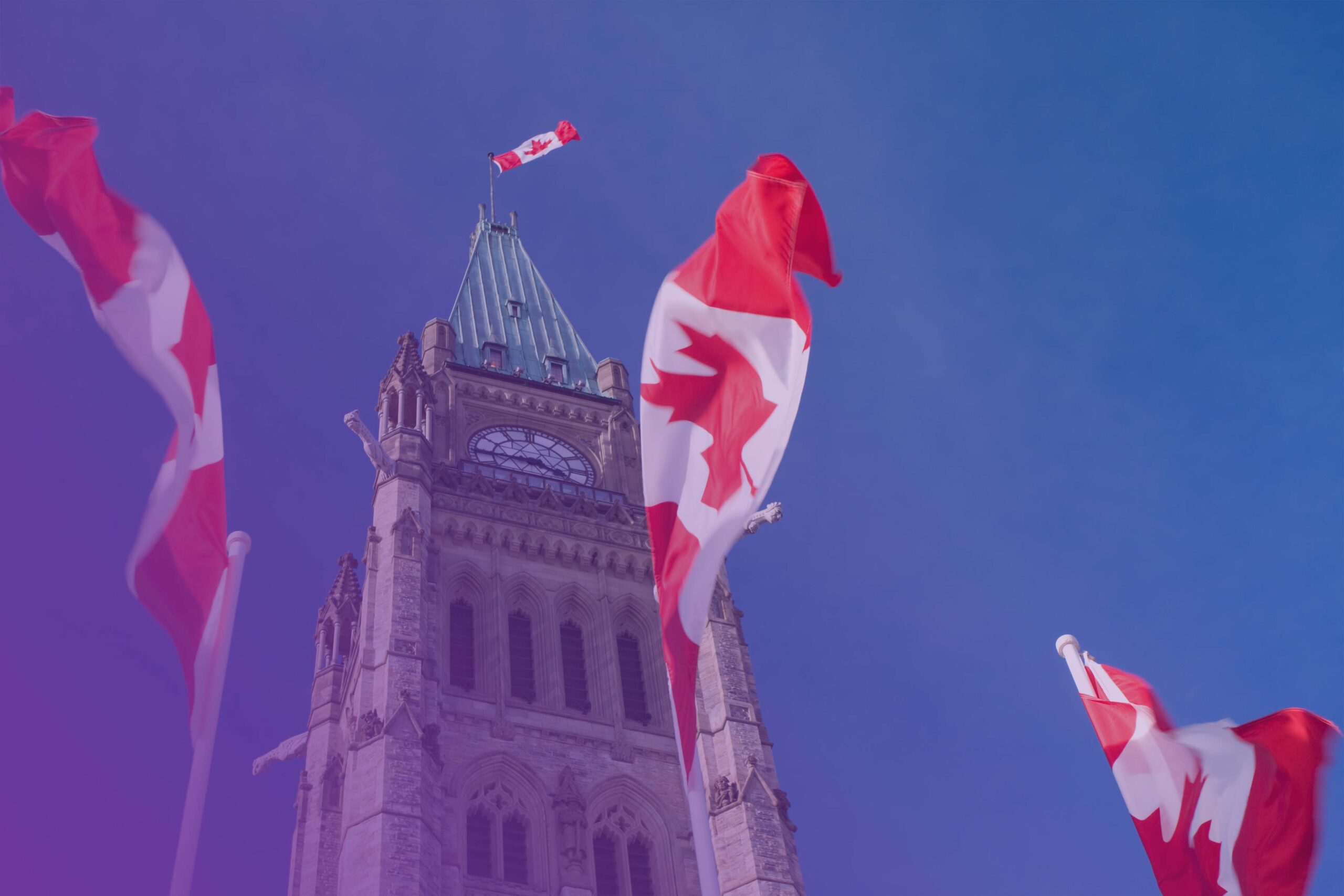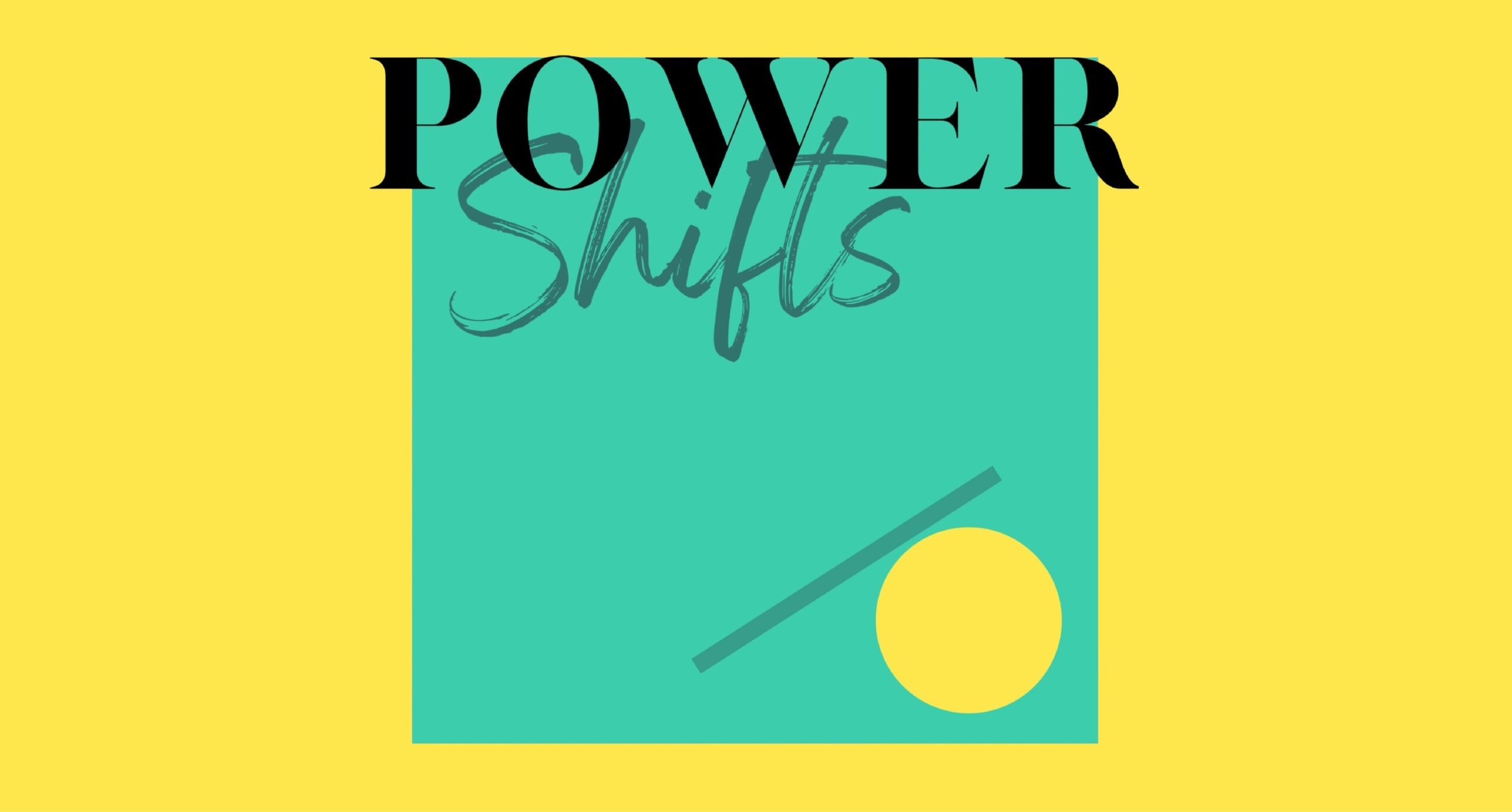Prime Minister Mark Carney’s election signals a reset for the Liberal government. Political theatre often drowns out substance, but Carney bet on his natural strengths: credibility, clarity, and composure. We have now seen what that looks like in practice on the world’s biggest stage.
His meeting with Donald Trump landed the right headline, and he did it with discipline. Every line was calculated: from the nod to “real estate not for sale” like the White House and Buckingham Palace, to calling Canadians the true owners of the country. It was serious, a little funny, and perfectly delivered. For a Prime Minister still introducing himself, it was a smart play; confident, prepared, and quietly commanding. A reminder that leadership doesn’t have to be loud to be effective.
What’s notable is how Carney is using his strengths: his credibility, calm, and insider status, to appeal to a President who values image and influence. He’s spent years in the same elite financial and diplomatic circles Trump brags about; international summits, big banks, the rooms where agendas get set. But unlike Trump, Carney doesn’t need to perform power, because he embodies it.
This isn’t shaping up to be a desperate, deal-making Parliament. While Carney may lead a minority, he’s not boxed in. The Bloc has committed to a year of support. The NDP, reduced to seven seats and without official party status, can’t bring down the government. Expect steady posture, not chaos, as long as Carney maintains control of the U.S. file and manages the trade and security stakes ahead. That’s how he ran his leadership, how he communicated with the public, and how he’s expected to govern.
Meanwhile, the Conservatives will be left spinning, with Poilievre out of the House and his campaign leadership taking some of the blame. But this was Poilievre’s campaign. His tone, his choices, his failure to pivot when Trump threatened tariffs, when Carney won the Liberal leadership, when the tariffs hit, when the polls shifted; all of it leads back to him.
To his credit, the movement Poilievre built broadened the Conservative base and tapped into real frustration. He did what strong opposition leaders do best: channeled anger into political momentum. But the same style that fueled his rise — pugnacious, divisive, slogan-driven — made voters hesitate. In a moment that called for leadership, he stayed in opposition mode. No pivot, no bridge. Despite a few signs he might evolve, he didn’t show range, humility, or willingness to grow into the role the country needed.
For those of us working in and around government, this is a new landscape and a different kind of leadership. The shift began when Carney scrapped the consumer price on carbon. It’s cemented now. Carney isn’t chasing applause. He’s not trying to be the most virtuous voice in the room. He’s putting forward pragmatic, credible positions that meet the moment. If you want to move something: don’t just show up with questions. Show up with answers.
And for companies and organizations thinking ahead, look at where Carney is pointing.
Expect a full-court press on housing construction, with a focus on zoning reform and faster builds, especially in cities. Watch for increased investment and reshoring in the defence sector, where national security will merge with industrial strategy. Natural resources, from LNG to critical minerals and renewables will see momentum, but only with credible ties to energy transition and international competitiveness.
The removal of interprovincial trade barriers by Canada Day could become a sleeper policy with real consequences. Industries from alcohol to construction, agriculture to logistics, should prepare now for new dynamics. Some will win, others may struggle.
Internationally, trade diversification will accelerate, with Europe as the likely first mover. Carney’s signals point clearly to Starmer and Macron, not Beijing. He’s already named China as the greatest threat to Canada’s national security, a stance that will shape investment policy, foreign interference work, and broader diplomatic tone.
Bottom line: this is not just a reset for the Liberal government. It’s a reorientation of power around clarity, competence, and delivery.



